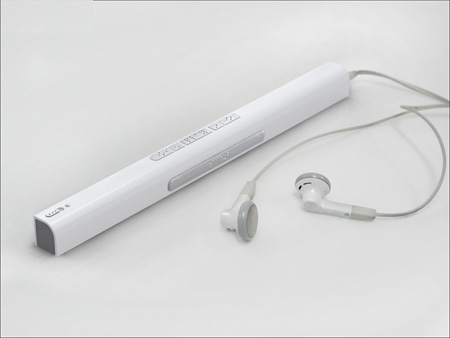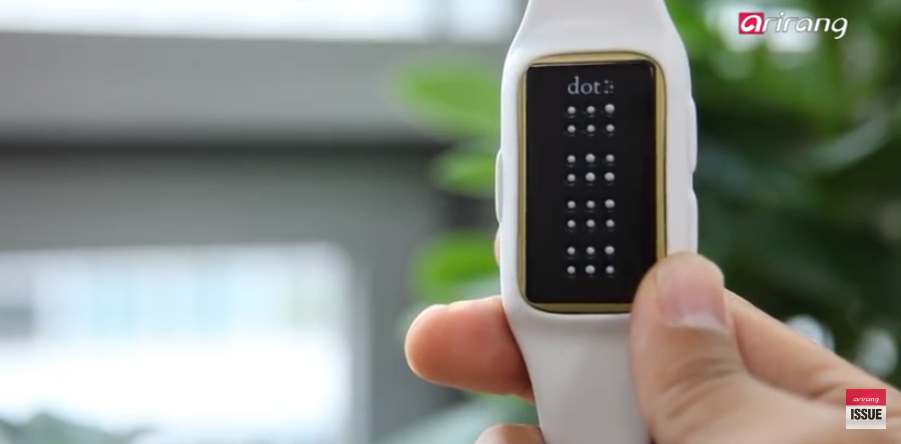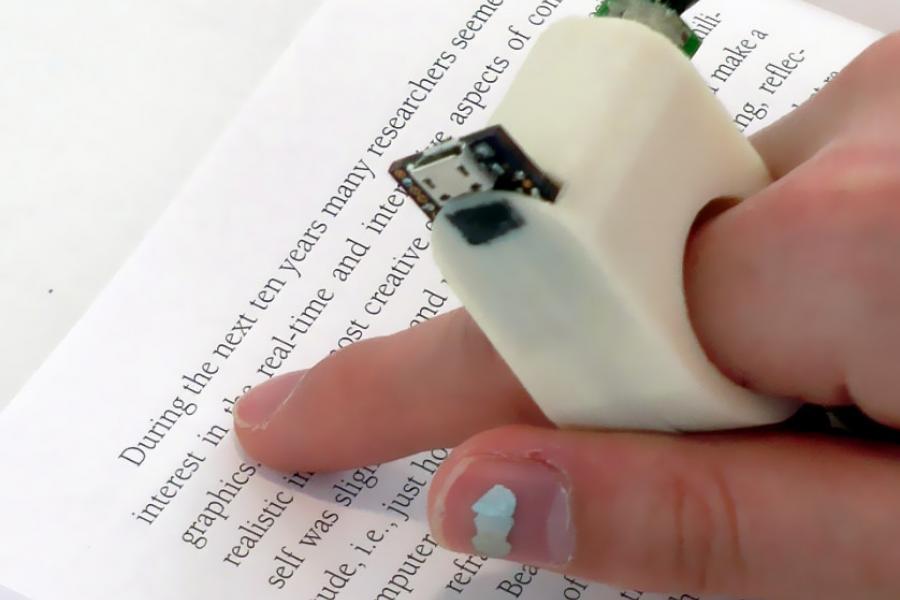Explore Advanced Glasses for the Visually Impaired and Their Benefits
Explore Advanced Glasses for the Visually Impaired and Their Benefits
Blog Article
Empowering Freedom With Assistive Technology for the Blind
The integration of assistive technology into the lives of individuals with aesthetic disabilities stands for a significant improvement in advertising freedom and self-sufficiency. From cutting-edge screen viewers to advanced wise canes, these devices not only improve daily navigation and communication yet likewise empower individuals to engage meaningfully in numerous elements of life. As we discover the myriad benefits and real-world applications of these technologies, it becomes crucial to examine the underlying factors that add to their effectiveness and the possibility for future growths in this essential field.
Review of Assistive Technology

The development of assistive technology is grounded in concepts of inclusivity and empowerment. Developments in software application, hardware, and sensory enhancements supply customers with options customized to their specific requirements. From screen readers that convert text to speech, to tactile gadgets that communicate details via touch, these devices transform the method individuals engage with their surroundings.
Along with practical applications, assistive technology fosters better social addition and involvement in numerous industries, including education and work (Smart glasses for the visually impaired). As research and development remain to evolve, the possibility for assistive innovation to better enhance the lives of visually impaired individuals stays encouraging, leading the way for a much more fair culture where everybody can flourish
Kinds Of Assistive Instruments
A variety of assistive devices have actually emerged to sustain individuals with aesthetic problems, each developed to meet details requirements and boost daily functioning. These tools range from low-tech solutions to sophisticated technologies, offering diverse choices for individuals.
Low-tech gadgets consist of magnifiers and large-print products that assist in analysis and writing. Braille devices, such as Braille slates and styluses, enable responsive reading and interaction. Positioning and flexibility help, like white canes, assist individuals browse their setting securely.
On the higher end of the range, digital magnifying systems and screen visitors supply considerable support. Digital magnifiers enable users to enlarge text and photos on displays, while screen readers convert electronic content into synthesized speech, helping with access to info on computer systems and mobile phones.
Smartphone applications likewise play an important function, giving attributes like message recognition and navigation support. Wearable modern technology, such as clever glasses furnished with augmented truth, is becoming a promising device to enhance situational understanding.
Benefits of Assistive Innovation
The integration of assistive innovation significantly improves the lifestyle for people with visual problems. These innovations equip individuals by advertising freedom, enabling them to browse their environments better and carry out everyday tasks with greater simplicity. Screen viewers and magnification software program enable individuals to accessibility electronic information, fostering expert and educational chances that may have previously been out of reach.
Moreover, assistive devices such as wise walking sticks and GPS applications provide real-time navigation aid, enhancing wheelchair and security. This increased autonomy not just improves self-worth but also urges social involvement, allowing users to participate even more totally in their communities.
Assistive technology also facilitates communication, helping individuals get in touch with others through voice recognition and text-to-speech applications. This capability is crucial for preserving connections and accessing important info.
Furthermore, the personalization choices readily available with numerous assistive innovations make sure that individuals can tailor tools to their details needs, even more improving use and efficiency. On the whole, the benefits of assistive technology for individuals with visual disabilities are profound, advertising a much more comprehensive culture where everyone can seek their objectives and goals.
Situation Studies and Success Stories
Highlighting the transformative influence of assistive innovation, Voice-activated assistive devices countless study illustrate exactly how individuals with aesthetic disabilities have actually efficiently incorporated these devices into their every day lives. One engaging example entails an university student that used screen analysis software program to navigate academic products and on-line sources properly. This innovation not just promoted her education and learning but additionally improved her confidence in taking part in discussions and team projects.
One more study includes an expert who employs a mobile phone application made for navigating and object recognition. By utilizing this application, he has actually restored autonomy in both his individual and workplace, permitting him to commute individually and engage with colleagues better.
Additionally, a senior citizen shared her experience with braille e-readers, which enabled her to access a large variety of literature and remain gotten in touch with her area through publication clubs.
These success stories underscore the essential function of assistive innovation in cultivating self-reliance, enhancing lifestyle, and advertising social combination for individuals with visual problems (Wearable technology for low vision). By accepting these innovative devices, individuals can conquer challenges and seize chances that add to their personal and professional fulfillment

Future Fads in Assistive Modern Technology
Technology in assistive modern technology is poised to redefine the landscape of support for individuals with visual disabilities. Emerging trends stress the assimilation of expert system (AI) and machine knowing, which improve the functionality of devices that aid with navigating and details ease of access. AI-driven applications are now qualified of translating visual information in real-time, making it possible for customers to involve with their environment a lot more independently.
Moreover, the development of wearable innovation is advancing rapidly. Smart glasses outfitted with increased fact (AR) can provide audio summaries of environments, transforming exactly how users connect with public areas. These devices not just promote freedom however additionally foster social incorporation.
In Addition, the Net of Things (IoT) is making homes smarter, permitting smooth connectivity between assistive tools and everyday devices. This connection encourages individuals by enabling computerized responses and voice-activated controls tailored to private requirements.
Verdict
To conclude, assistive innovation plays a pivotal role in encouraging people with visual disabilities by enhancing their self-reliance and involvement with their environments. The diverse series of gadgets and applications offered not just assists in navigation and interaction but additionally promotes social combination and chances for expert and individual development. As advancements continue in this area, the possibility for enhancing the quality of life for those with aesthetic problems will increase, fostering greater autonomy and empowerment.

Report this page